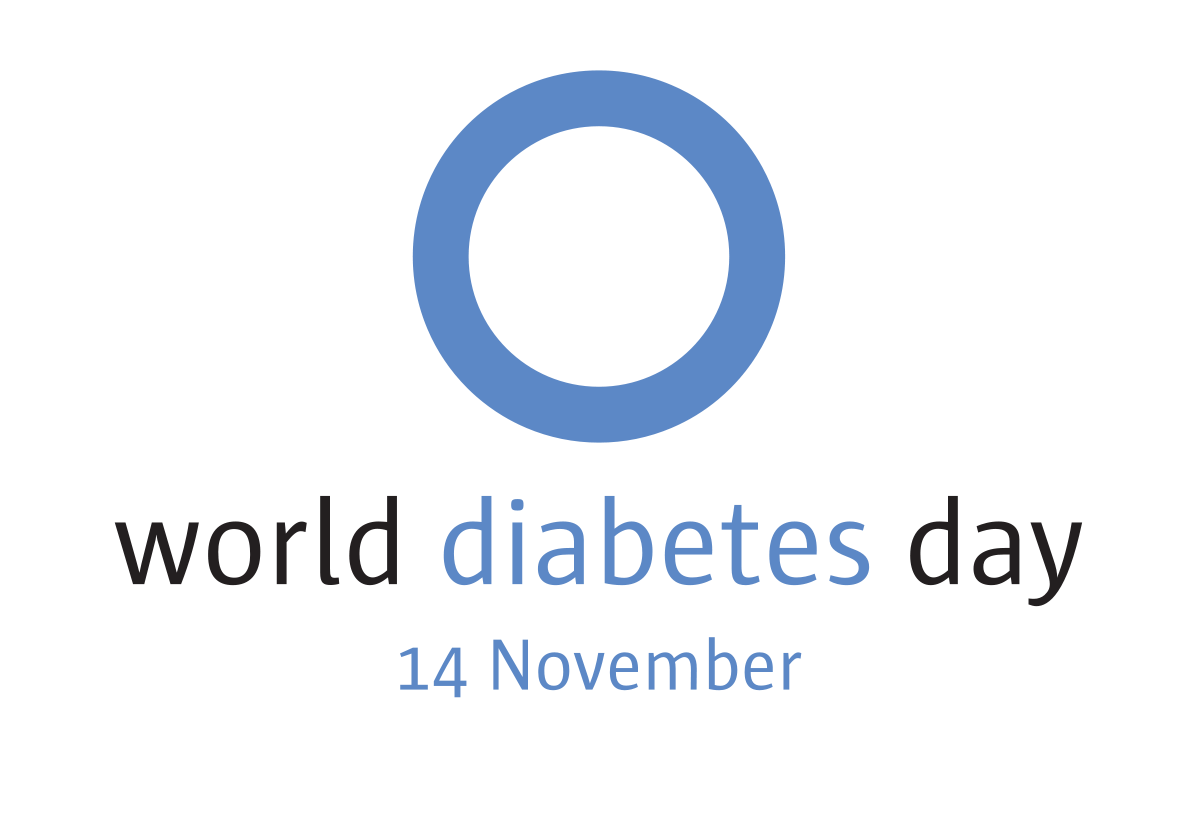Every year, November 14th is recognized as World Diabetes Day and this year’s theme is "Access to Diabetes Care”. This theme highlights the importance of having equal access to the right information and essential care to ensure timely treatment and management. One in 10 adults, globally, lives with diabetes, an estimated 537 million people. Almost half do not know they have it.

Diabetes can affect your eyes in many ways. Some people go on to develop an eye complication called diabetic retinopathy (DR), glaucoma, diabetic macular edema, and cataracts. DR is often reported as the most common form of diabetic eye disease. It is a serious complication of diabetes mellitus (DM), affecting one-third of all people with the disease, and it is in most countries, the leading cause of blindness among working-age adults. Everyone with diabetes is at risk of losing vision, this is a frightening fact. Losing your sight could affect your career, your family life, and your independence but fortunately, early diagnoses and timely treatment of diabetic retinopathy can prevent sight impairments and blindness.
Over 40% of patients diagnosed with diabetes eventually develop some level of diabetic retinopathy. Diabetic retinopathy is the leading cause of vision loss in working-age adults (20-65 years). Approximately one in three people with diabetes have diabetic retinopathy and one in ten will develop a vision-threatening form of the disease. More advanced diabetic retinopathy causes macular edema, which results in the swelling of the macula leading to the potential of complete vision loss. Diabetic retinopathy may have no outward signs but can quickly progress to complete vision loss. Doctors will often recommend those with type 1 or 2 diabetes undergo a comprehensive eye exam once a year, or even more often if there are signs of diabetic retinopathy.
optomap® imaging has been shown to improve the management of diabetes in patients. optomap images capture a 200° view (about 82%) of the retina versus the 75° view provided by 7SF images. Studies have shown that this wider view can uncover evidence of disease that’s outside the narrow view of 7SF images. It can even change how doctors judge the severity of the disease. In addition, the latest study identified that 50% of the lesions were in the area outside of ETDRS and that in 13% of patients, these lesions suggested a more severe grade of retinopathy.
Evidence of disease at the periphery of the retina can also be a sign of future problems. Patients with peripheral DR lesions were more than four times more likely to see their DR get worse as compared to patients without lesions.
Diabetic retinopathy can impact people of all ages and in cases of diabetic eye diseases and further complications, early detection is key. optomap can help doctors to better monitor and facilitate decision-making regarding treatment.